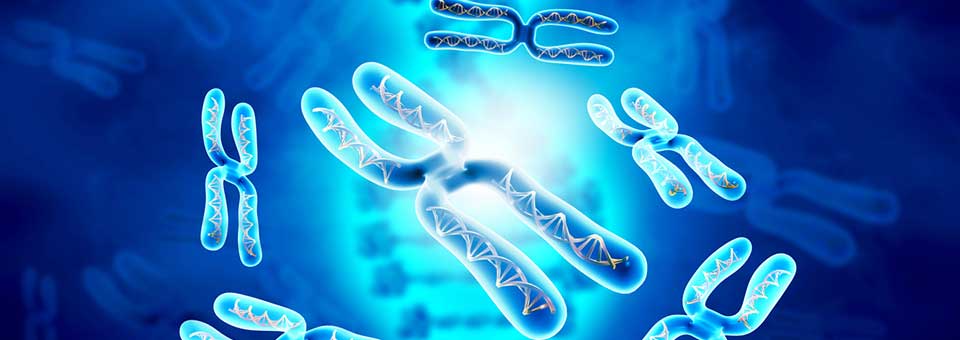Our skin has always been under attack from a harsh world.
I’m talking about environmental stressors like wind, a scorching sun, and an often-hostile climate. These are what I call “tangible” threats.
But today, we face a more daunting danger. I’m talking about the “intangible” threats that cause your skin to age at an accelerated rate compared to just a generation ago.
Threats that include our modern diet, chemicals, drugs, and invisible toxins that damage our skin.
Luckily, you can rewind your aging clock with a Nobel Prize-winning discovery. More on that in a moment.
First, it’s important to know why we’re aging faster.
The DNA in Your Skin Cells Gets Assaulted Every Day
For example:
- Too few antioxidants. Antioxidants protect your skin by limiting the production of free radicals, which cause skin cells to age. They also help speed up the recovery process when your skin does encounter damage. But you can’t get what you need from today’s foods. Even the FDA admits nutrient levels have fallen dramatically in the last 30 years. You’d have to eat eight oranges to get the same amount of skin-saving vitamin A as your grandmother got from one!
- Too much “modern” food. Processed foods cause inflammation in your body that contributes to the aging process. Inflammation produces enzymes that break down collagen and elastin. This breakdown of collagen and elastin results in sagging skin and wrinkles.
- “Anti-aging” products that age It’s unfortunate, but women across the globe slather dangerous chemicals on their faces every day in an attempt to ward off aging. The ingredients in a large number of so-called “anti-aging” skincare products actually damage your DNA and end up doing more harm than good.
Fortunately, the secret to younger-looking skin is already inside of you — and you only have to learn
how to turn it on. I’m talking about telomerase, the Nobel Prize winning discovery that makes telomere DNA.You know that telomeres are the tiny “countdown clocks” located at the end of each DNA strand. They control the aging process.
Every time your cells divide, your telomeres get shorter. This is what accelerates aging… And the secret to keeping skin healthy and vibrant is to slow down this clock.
Your cells have the ability to produce an enzyme that lengthens telomeres. This ability is locked in your DNA. Once you activate this ability, your DNA produces an enzyme called telomerase.
The telomerase then rebuilds the length of your telomeres, taking years off your appearance. I recommend increasing telomerase to repair your skin in two ways – from the outside and the inside.
2 Easy Ways to Turn On Telomerase
Here’s what I tell my patients at the Sears Institute for Anti-Aging Medicine…
- Repair Skin From The Outside In. A remarkable compound called teprenone is the closest thing to turning back the clock on aging skin I’ve ever seen.
In a clinical study, women using this compound had incredible results:1
- 100% of the women showed improvements in skin moisture.
- The skin’s ability to lock in moisture went up in 75% of the women.
- 100% saw their sunspots fading.
- Over 90% experienced an improvement in pore size.
- Redness was reduced by 30.5%.
Teprenone directly activates genes that regulate and lengthen telomeres. It does this by stimulating two enzymes, CDK2 and CBX5. This extends the lifespan of skin cells by 30%.2
This is important because the first helps regulate telomere length. The second enzyme is the one that procures the telomere’s structure and attaches it to the end of your DNA in order to rebuild telomeres and make them longer.
Teprenone also protects your cells by boosting the healing power of antioxidants. Telomeres are extremely sensitive to oxidation. Everything from making new cells to environmental toxins causes oxidative stress in your body. Antioxidants defend against the effects of oxidation. Antioxidants keep teprenone inside your cells and teprenone makes antioxidants work better to keep your skin healthy and glowing.
- Repair Skin From Inside Out. One of the best ways to activate telomerase – and erase decades of wear and tear from your face – is with an herb called Uncaria tomentosa, or cat’s claw.
Lately, researchers have started to take notice of cat’s claw and its unique anti-aging effect on your skin’s DNA…
Using human skin cells, scientists in New York showed cat’s claw can stimulate repair of skin DNA that was damaged by UV light.3 Doctors at Mount Sinai Medical Center showed similar results.4
But here’s the really important news: Researchers in Sweden showed that cat’s claw extract helps defend against DNA damage — and more importantly, promotes DNA repair — in human volunteers.5
The Swedish researchers used hydrogen peroxide to trigger free-radical damage in the volunteers. Some took cat’s claw extract, while others received a placebo.
The volunteers taking cat’s claw suffered less DNA damage… and showed more DNA repair.
Another group of researchers found that cat’s claw extract can induce DNA repair in the skin and fight skin inflammation. In fact, it’s the only natural substance known to do both at the same time. In a study I came across in my research, cells treated with cat’s claw extract lengthened telomeres and extended the lifespan of cells by 201%!6
I recommend supplementing with 500 mg of cat’s claw daily. Look for an organic supplement made from the inner bark of the plant.

